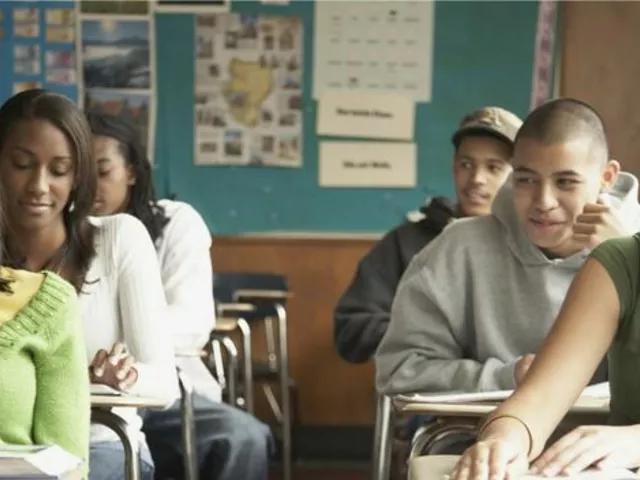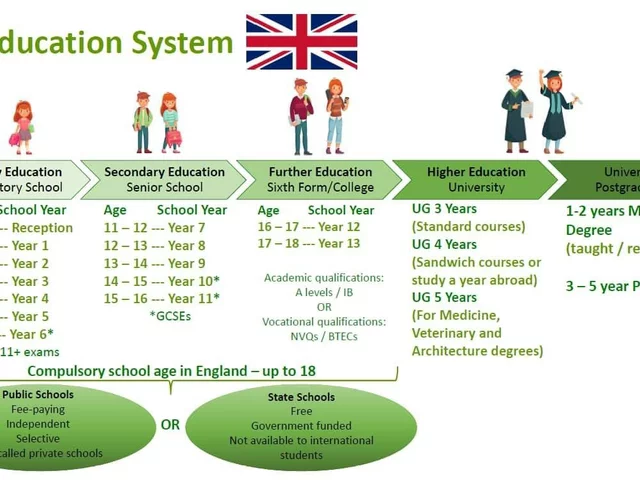Education and curriculum are two essential components of the learning process. While they are often thought of as distinct concepts, they are in fact deeply interconnected. In order to create a successful learning experience, it is important to understand the relationship between the two.
At the most basic level, curriculum provides the framework for education. It determines the topics and skills that will be taught, as well as the objectives that need to be achieved. For example, a curriculum for a mathematics class might include topics such as algebra, geometry, and trigonometry, along with the objectives that students must demonstrate mastery of these topics. Without a curriculum, there is no clear direction for the educational process.
At the same time, education provides the means for achieving the curriculum’s objectives. Education involves the process of teaching, learning, and assessment. Without this process, the objectives of the curriculum cannot be achieved. For example, a teacher must provide instruction in algebra, geometry, and trigonometry in order for students to demonstrate mastery of these topics. In this way, education and curriculum are essential components of the learning process.
In conclusion, education and curriculum are interconnected components of the learning process. Curriculum provides the framework for what should be taught, while education provides the means for achieving the objectives of the curriculum. Together, they work together to create a successful and meaningful learning experience.
The relationship between education and curriculum is an important one, as the curriculum is the foundation for what is taught in the classroom. Curriculum is the foundation of educational experiences, and it serves as a guide as to what students should be learning and how they should be learning it. It is through the curriculum that teachers create a meaningful learning environment and ensure that students are getting the best possible education.
Curriculum provides structure and direction to the learning process and can help to shape the educational experience. It provides a framework for teachers to use when creating their lessons and can help ensure that students are learning the material in an effective and efficient manner. It also provides an overview of the topics that should be taught, and the order in which they should be taught.
The curriculum is also an important part of assessing student performance and progress. Through the curriculum, teachers can identify areas where students are having difficulty, as well as where they are excelling. This can help teachers to tailor their instruction and support to meet each student’s individual needs.
The relationship between education and curriculum is an important one, and it is important for teachers to understand how curriculum can help to shape the educational experience. By using the curriculum to guide the learning process and to assess student performance, teachers can ensure that their students are getting the best possible education.
When discussing the relationship between education and curriculum, it is important to examine how curriculum affects education. Curriculum is defined as a set of courses, activities, and learning experiences that make up the educational program for a school or district. Through curriculum, students gain knowledge, skills, and attitudes that are essential for success in life.
The curriculum shapes the educational experience of students. It determines the content of instruction, the topics taught, and the activities and assessments used to evaluate student learning. By implementing a rigorous and appropriate curriculum, teachers and administrators can ensure that students are receiving a quality education that meets their needs.
In addition, curriculum can have an impact on the quality of teaching. When teachers are provided with a rigorous and appropriate curriculum, they are better equipped to provide high-quality instruction. Furthermore, a well-designed curriculum can help teachers differentiate instruction and provide students with meaningful learning experiences that are tailored to their individual needs.
Finally, curriculum can help create an environment that is conducive to learning. By providing students with engaging and relevant content, teachers can create an atmosphere that encourages students to explore, question, and think critically. This type of environment can help foster a love of learning and an appreciation for the power of education.
In conclusion, the relationship between education and curriculum is one that cannot be overlooked. By providing students with a rigorous and appropriate curriculum, teachers and administrators can ensure that students are receiving a quality education that meets their needs. Furthermore, curriculum can have an impact on the quality of teaching, as well as create an environment that is conducive to learning.
When it comes to education, curriculum is a critical component. Curriculum provides a structure for instruction, guides learning, and ensures that all students are being taught the same material. It also allows teachers to teach material at a level that is appropriate for the students they are teaching.
Curriculum is designed to meet the needs of all students, and it should be customizable to meet the individual needs of each student. A good curriculum should provide students with the essential skills, knowledge, and values needed to succeed in the world. For example, a good curriculum should include mathematics, science, humanities, and social studies.
Curriculum is also important for teaching students the necessary skills to succeed in life. It should focus on teaching students problem-solving, critical thinking, and communication skills. These skills are essential for success in the workplace and in life.
Moreover, curriculum should be engaging and relevant to students. It should be tailored to each student's individual needs and interests. This way, students will be more likely to retain the information that they learn.
In conclusion, curriculum plays an important role in educating students. It provides the structure and content needed to teach students the essential skills, knowledge, and values they need to succeed. It should be tailored to meet the individual needs of each student, and it should be engaging and relevant.
Curriculum is a critical component of any educational system. It is the plan, or the framework, used to develop and deliver educational content to students. It is often referred to as the “what” and “how” of education. It defines the goals and objectives of the educational process and outlines the activities, materials, and methods that will be used to achieve those goals. By understanding the relationship between education and curriculum, educators and policy makers can better equip schools and teachers to provide quality, effective learning opportunities for students.
The curriculum is the basis for learning and teaching, as it provides the structure and framework for the delivery of content. It determines the specific skills, knowledge, and concepts that are expected to be learned by the students. It also outlines the sequence in which the content is to be taught and provides guidance for assessment and evaluation. The curriculum is the foundation of the educational system and plays an important role in establishing the standards of student achievement.
The curriculum also has a direct influence on educational outcomes. Research has shown that when the curriculum is aligned to the standards of learning and is well-designed, it can have a positive impact on student achievement. When the curriculum is well-structured, it can provide students with a clear understanding of the learning goals and objectives, as well as a clear path to achieve them. It can also provide teachers with the tools and resources they need to effectively deliver the content and evaluate student progress.
The relationship between education and curriculum is complex and multi-faceted. Curriculum is essential for setting the standards for learning and for providing the structure for teaching and assessment. It is also essential for enabling teachers to effectively deliver and assess the content. As such, understanding the relationship between education and curriculum is critical for developing and implementing successful educational policies and practices.





